Flowin’ Footbridge is a project by Barberio Colella Architetti (Maurizio Barberio and Micaela Colella) and Angelo Figliola in collaboration with Zheng Hui Chen; located in Moganshan Town, Zhejiang, China.
The design of the new pedestrian bridge for Moganshan Town across the Fuxi River, Flowin’ Footbridge, begins with a thorough examination of the project location. A variety of characteristics led to the form’s generation: its interaction with the anthropic and natural surroundings, its tectonics, and its structural behavior. In terms of the first two components, the beginning point is symbolized by a catenary curve that reconnects the river’s two banks, re-establishing a continuous flow with the goal of forging a symbiotic interaction between nature and artifice.
The decision to build the infrastructure as a monolith in reinforced concrete has a formal and technological value: it evokes a rock that fits into the natural surroundings while also facilitating production, assembly, and installation procedures by omitting supplementary technological systems. A surface was produced from the catenary curve and then discretized into seven variable thickness blocks that taper towards the center to reduce the consumption of steel and avoid severe corrosion problems. From a structural standpoint, the design of an arch-shaped structure ensures eternally rigid behavior. The structural investigation, which certified a maximum displacement of 0.065431 cm, is backed by these arguments.
Digital fabrication strategies
A computerized prefabrication technology was designed for the manufacturing of individual bridge blocks in order to achieve complicated and bespoke forms without increasing production time and costs. This method includes 3D printing reusable thermoplastic formwork with a 6-axis robotic arm to confine the C30 concrete pour, which is subsequently released at the conclusion of the setting phase due to the inclusion of specific additives. As a result of its physicochemical qualities, the formwork is never wasted because it may be reused in different manufacturing processes. Using this technology to create the individual units of the bridge overcomes two critical issues of the traditional construction process using reinforced concrete, such as the production of non-recyclable complex formwork and the problematic management of formal complexity.
Furthermore, the employment of an industrial robot allows for the decentralization of the manufacturing process and lowers the expenses of building site management. When the component blocks are manufactured, the bridge will be constructed in the manufacturing plant before being transported and placed on-site with a normal construction crane. The pre-tensioning operation will then be carried out through inspection hatches developed expressly for this purpose. The installation of the complete infrastructure, rather than separate blocks, eliminates the building of costly centering devices, which are seldom reused in other operations and hence become trash.
The only operation to be carried out on the project site is the preparation of the reinforced concrete structural abutments to which the bridge will be anchored. The technological simplicity and homogeneity minimize maintenance operations, which are mainly related to the pre-tensioning of the steel cables, the operation of the integrated LED lighting system, and the rainwater collection and drainage system.




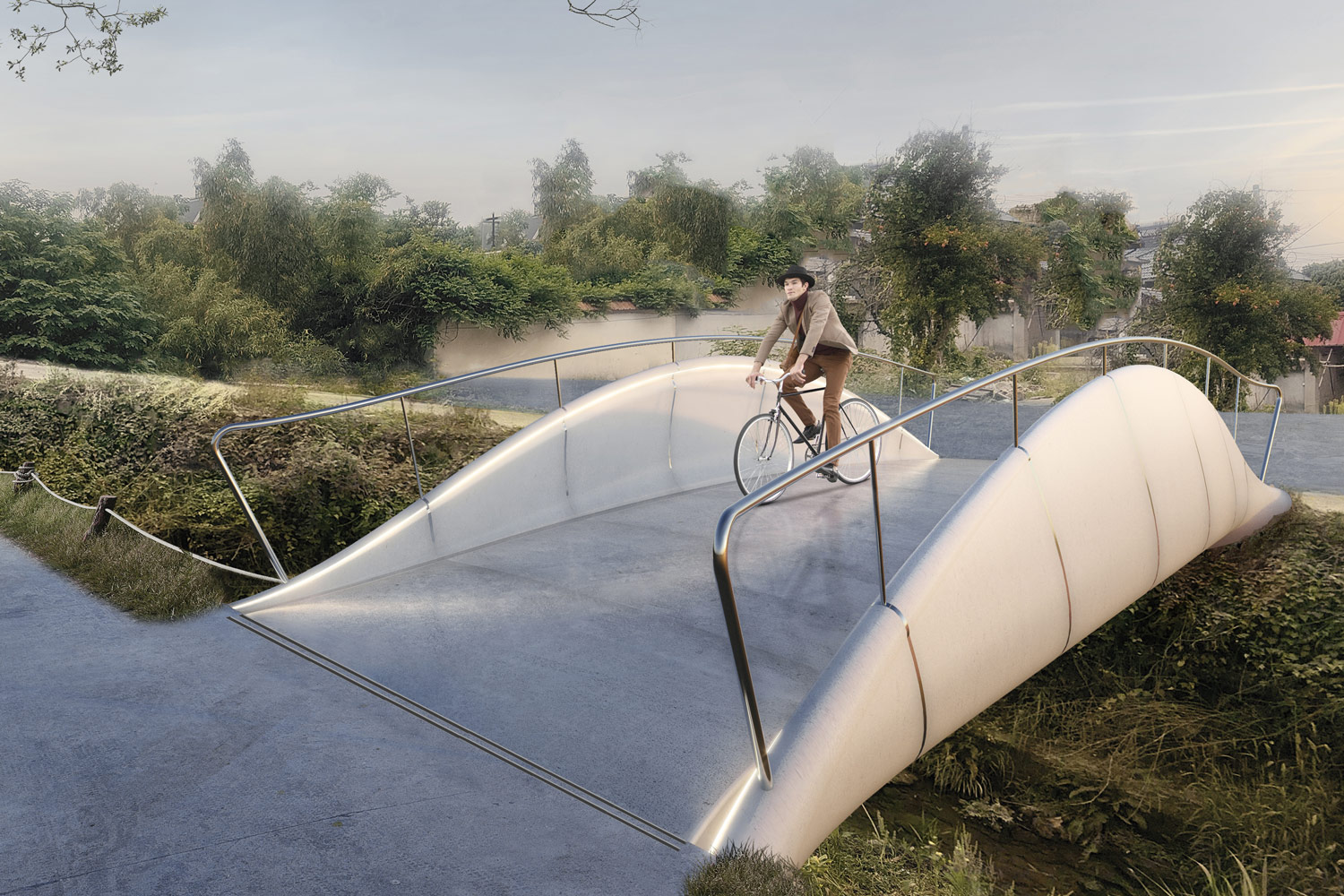
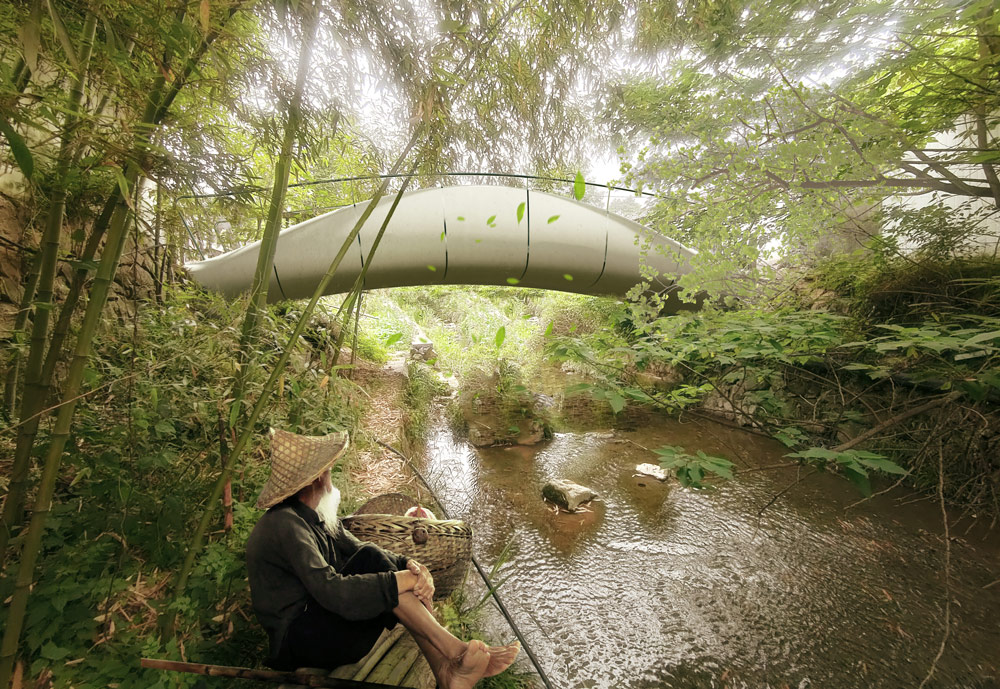
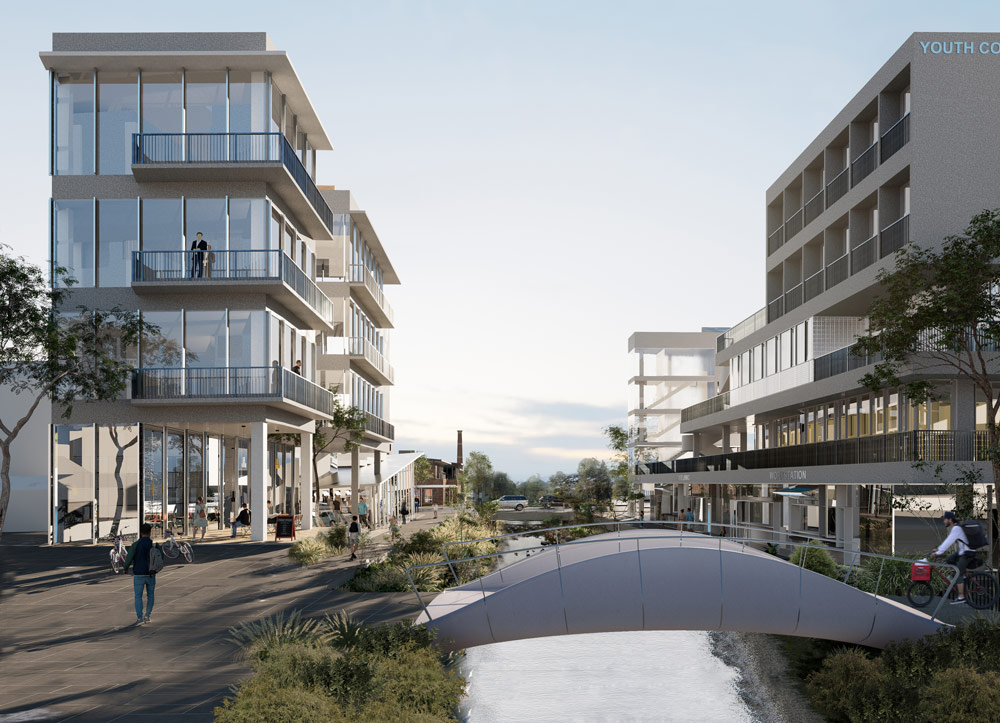
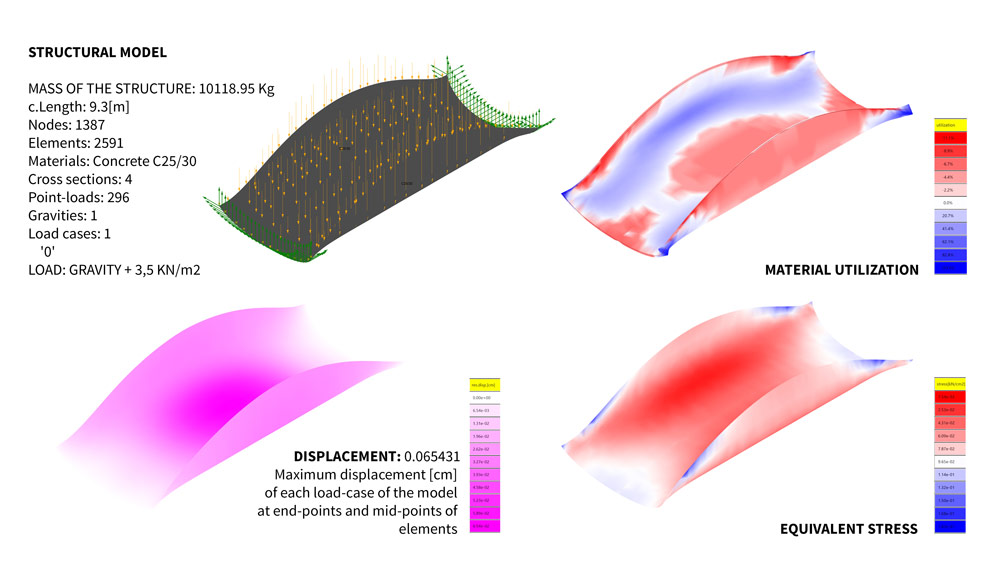
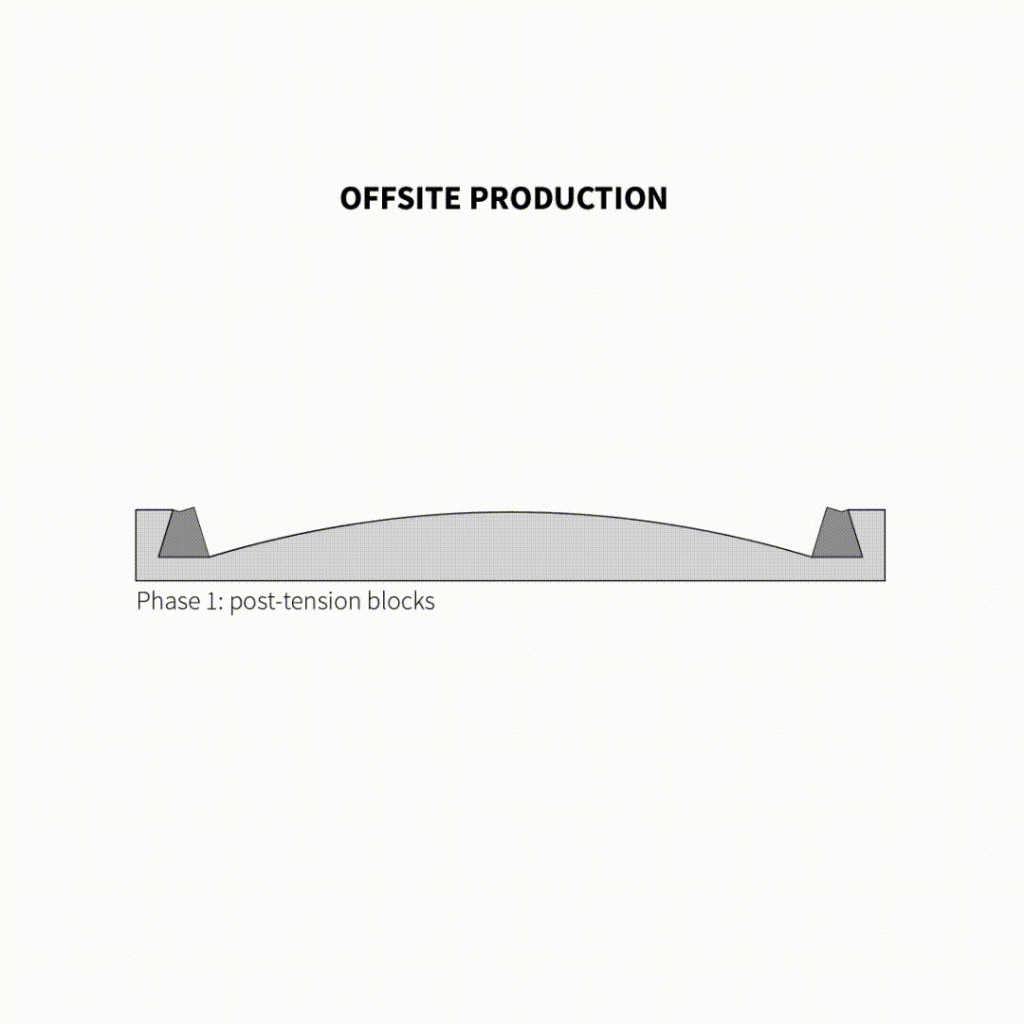














Leave a comment